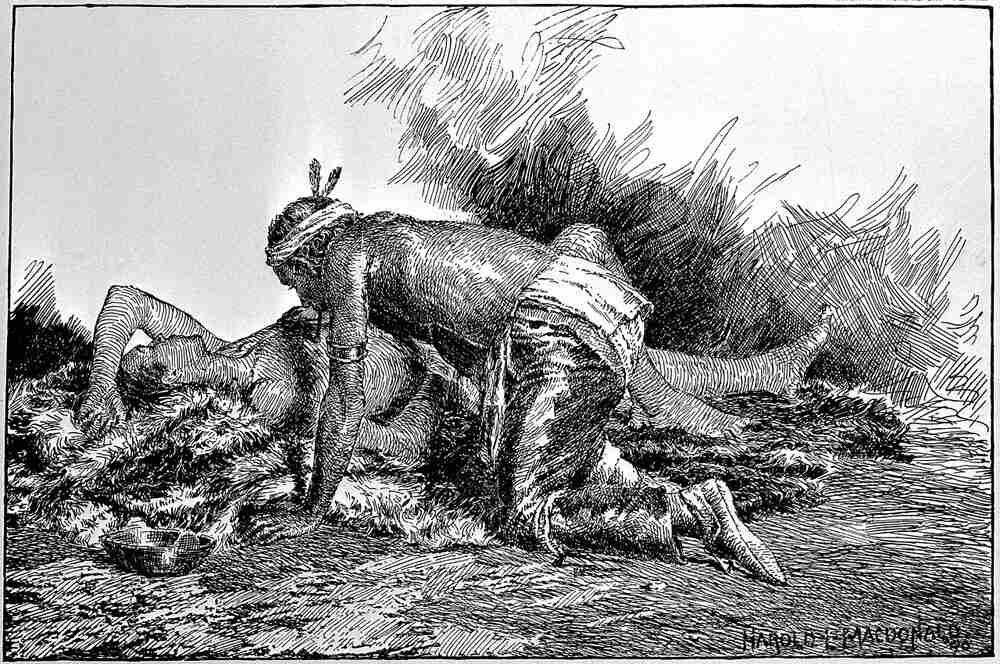Impact of Disease on Native Americans
Full Article
Newly introduced diseases originating in Europe, Africa, and Asia swept what is now Colorado in the aftermath of Christopher Columbus’s 1492 voyage. While sparse historical and archaeological records make the effects of the earliest epidemics hard to determine, evidence is better for the eighteenth and nineteenth centuries, when historians can document episodes of smallpox, cholera, measles, whooping cough, and other diseases.
The impact of postcontact diseases is difficult to ascertain before 1700. We know little about Colorado’s inhabitants in these years, but we do know that the peoples of the central and southern plains had a lively trade with New Mexico. Evidence for this comes from Pedro de Castañeda, who accompanied Francisco Vásquez de Coronado to New Mexico and then across the plains in 1540–42. Castañeda observed that nomadic plains-dwellers pursued bison, and took their hides to trade with the Pueblo Indians during the winter. Since commerce and contagion often coexist, this makes it likely that epidemics that reached the Pueblos of New Mexico in the 1500s and 1600s may also have spread to natives who traded with them, including those living in or passing through present-day Colorado.
By the 1700s, a richer documentary record makes more accurate speculation possible. The infections that afflicted New Mexico’s Pueblos in these years included smallpox in 1709, 1733, 1780–81, 1799–1800, 1816, and 1840; measles in 1728–29 and 1804–5; and an unidentified fever in 1840. Other periods of high mortality, possibly attributable to contagion or to contagion combined with other causes, occurred in 1736, 1737, 1748, 1785, 1789, 1804, and 1805.
Horse-borne transportation may have facilitated the circulation of microbes after 1700, as native and nonnative peoples engaged in new patterns of interaction. The Comanche, who traded and raided in New Mexico, held an annual trade fair on the Arkansas River in the general region of today’s Kansas-Colorado border. These gatherings drew Wichita, Pawnee, Jicarilla Apache, Kiowa, Arapaho, Cheyenne, and Eastern Shoshone, and it is likely that infections spread widely in the resulting encounters. Epidemics may also have reached Colorado from the north and east, carried by trading, warring, or migrating peoples. Likely contagions transmitted in this fashion include measles, whooping cough, cramps, and other intestinal disorders (possibly cholera).
Epidemics continued apace in the nineteenth century. Outbreaks of smallpox occurred in 1801 and 1815–16. Another episode in 1839–40 prompted the Kiowa to remember that winter as the “smallpox winter.” The discovery of gold in California brought a continent-wide epidemic of cholera to the plains in 1849, affecting many peoples and prompting a Kiowa war chief to sacrifice a horse to help protect himself, his family, and his people. Similarly, gold discoveries in Colorado in 1861–62 brought smallpox to Kiowa, Cheyenne, Arapaho, and Dakota, leading some to scatter to avoid the disease. An 1877 outbreak of measles killed 219 Cheyenne and Arapaho children. Another episode of measles may have affected Colorado's indigenous populations in 1892.








